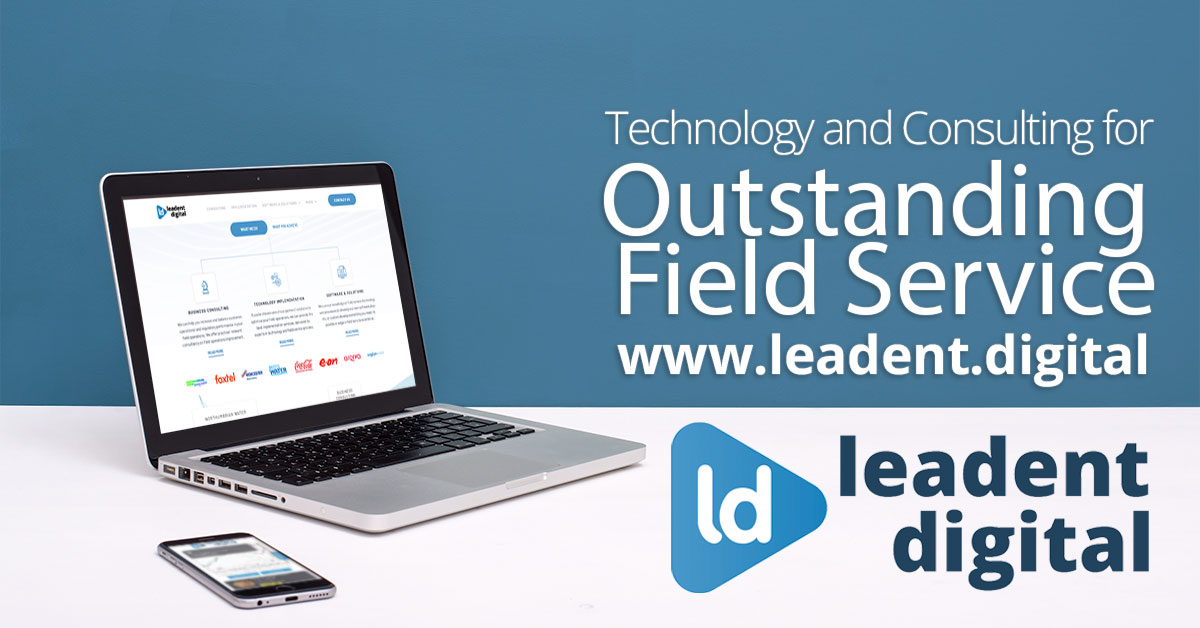We recently wrote about steps that you can take to encourage diversity and inclusion in your organisation. I just want to follow up on that with some practical actions that you can take to measure your performance so that you can understand how you are doing and where you need to take further action.
Consider your goals
It's important to remember that most diversity and inclusion programs are started or overseen by the people in your organisation who are already in power. These people will typically set the goals, measure them, and decide how important they are. Given boards and management teams in many organisations have a significant diversity deficit you will likely have a built-in bias in how your diversity programme has been created and administered.

Measure perceptions
Hard measures have their place (such as the number of people who belong to each of several ethnic and racial categories) but the soft measures are important. This includes understanding the perceptions of your staff, often through qualitative methods. This might include understanding employee feelings of powerlessness or lack of influence. All employees should regularly evaluate how they’re engaging with other cultures within their organisation.

Don't forget inclusion measures
Organisations tend to find it easier to focus on measuring levels of diversity and neglect measurements around inclusion. They forget the need to create an environment where a workforce feels confident and empowered to offer their different opinions and experiences and, through this, bring ideas and meaningful change. Consider how often different groups attend important decision-taking meetings, or are included in decision-making processes, or invited to give feedback on the way the business works and its culture.

Keep people updated
Don't rush to measure everything and do it badly. Focus on a small number of measures and build out from there. Prioritise and align your measurements to your business priorities. Be clear on what the data is telling you and build on this to refine your longer term delivery plan. Ensure that stakeholders are regularly updated and demonstrate ways in used to inform better business decisions and outcomes. Make sure that your transparency and reporting drives continuous improvement in your approach.

Get support
Leadent Digital helps organisations to achieve transformational change. We love developing apps that transform customer experience and help you deliver a more frictionless service experience across all of your contact points and channels. Why not get in touch to tell us more about your current priorities?

